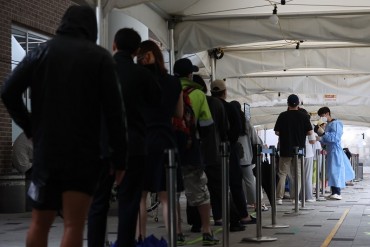SEOUL, Nov. 12 (Korea Bizwire) — Foreigners, once concentrated in certain parts of Seoul, are now widely distributed across wider regions including Gyeonggi Province and other areas.
The Chonnam National University Institute of Regional Geography reported a 8.1 percentage point decrease in foreigners living in Seoul between 2010 (30.8 percent) and 2018 (22.7 percent) in proportion to the total foreign population in the country.
In contrast, the proportion of foreigners living in the Gyeonggi region rose from 30.3 percent to 33.8 percent and South Chungcheong Province from 4.1 percent to 5.8 percent.
The proportion of those living in the Gwangju area rose from 1.38 percent to 1.81 percent and Gangwon Province from 1.45 percent to 1.46 percent.
Sorted by provinces, the foreign population in Gyeonggi Province doubled from 278,997 to 558,197 people, with the population in Gangwon Province going from 13,300 to 34,682 people.
The foreign population in Busan (32,809 to 55,506 people) and Daegu (20,273 to 35,280 people) jumped by 69.2 and 74 percent, respectively. Gwangju, in particular, saw its foreign population triple (12,673 to 38,698).
“The concentration of foreign residents moved from Seoul’s Yeongdeungpo District to the Gyeonggi region,” said the research team.
“It is most likely due to the expansion of industrial complexes and an increasing number of farmers and fishermen looking for foreign workers.”
Nationalities of foreigners have also diversified. In 2010, 66.2 percent of all foreigners in Korea were Korean compatriots from China, followed by Chinese (13.7 percent), Vietnamese (9.4 percent), and Americans (6.9 percent).
By 2018, the proportion of Korean Chinese dropped to 32.1 percent, while foreigners from Vietnam (10.2 percent) and Thailand (9.2 percent) have jumped in proportion.
Lina Jang (linajang@koreabizwire.com)







